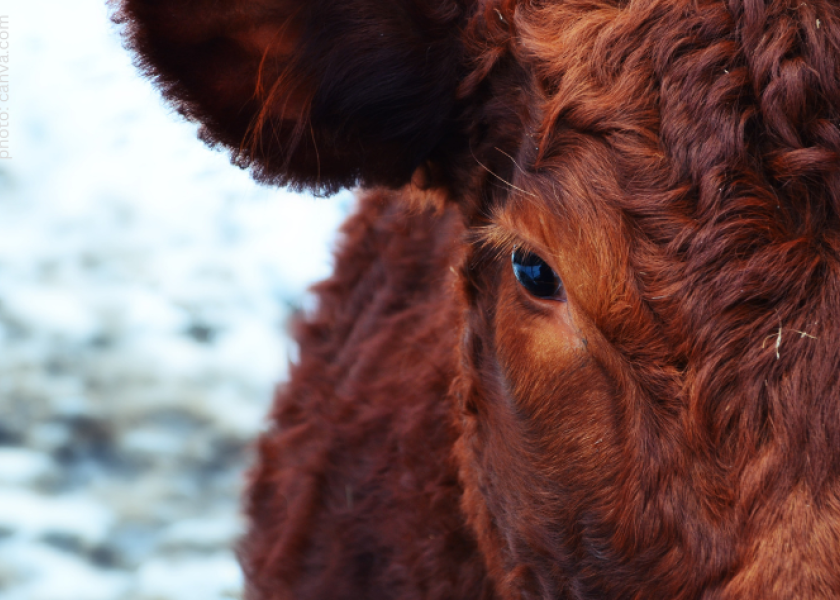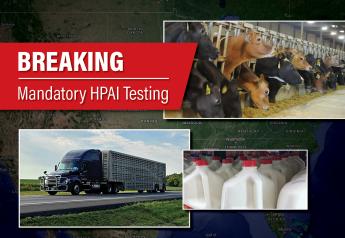Cattle Inventory Breakdown: What To Expect In 2023

This past year has been one for the records. From historic droughts causing record-high cow slaughter to increasing feed and fuel prices, 2022 will be remembered for many years to come.
Considering the year cattle country has had, we can expect the Jan. 2023 USDA National Agricultural Statistics Service data to look somewhat different compared to Jan. 2022 figures.
It’s no secret that cow slaughter reached higher than average levels this year. Many of the states with the highest beef cow inventory suffered drought through most of the 2022 growing season.
Here’s a look at the statistics from the start of the year:
The trend of a decreasing cow herd is not new, however. Inventories since 2018 have shown a steady decrease, provided by Derrell Peel, agricultural economist at Oklahoma State University:
Additionally, beef cow slaughter numbers have been on the rise over the past five years: As a domino effect of herd liquidation caused by widespread drought, some calves were weaned and marketed early and less heifers were retained this year, keeping feedlot inventories higher in 2022.
Here’s a look at the cattle on feed numbers from the beginning of the year:
Meanwhile, fed cattle slaughter has remained relatively consistent, with a projected increase in 2022 over the previous two years.
In line with increased cow slaughter over the last year, the calf crop has consistently declined over the past five years: With only a few weeks left in 2022, final numbers will be tallied and Jan. 2023 estimates will be prepared.
“With drought conditions continuing, it is unclear when herd liquidation will cease and herd rebuilding can begin,” says Peel. “However, it is clear that feedlot production, cattle slaughter beef production will fall in 2023. How much they will fall depends on when drought conditions will improve. Nevertheless, declining feedlot supplies mean that all levels of the cattle are finally on the same page and are reflecting the tighter cattle supplies in the country.”







